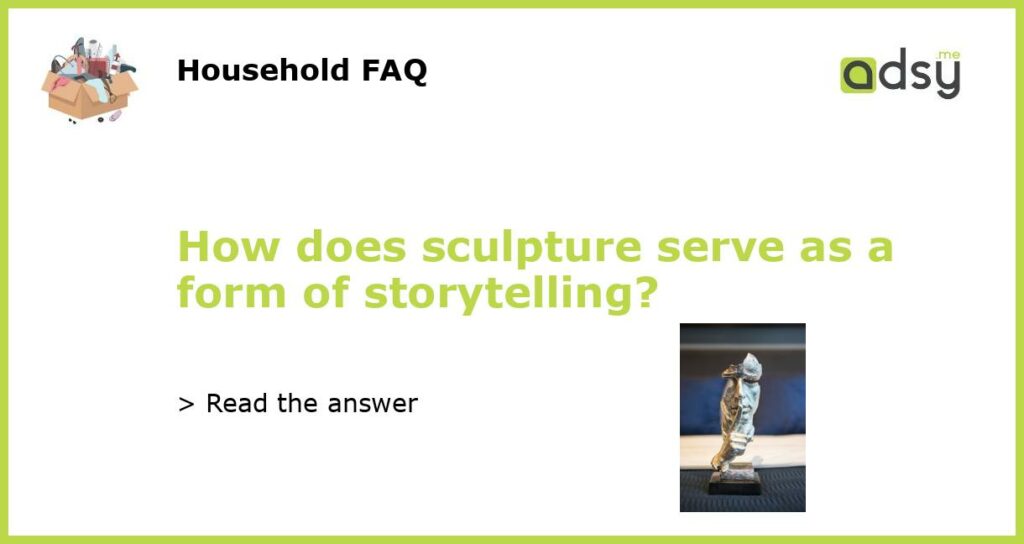Sculpture: A Timeless Form of Storytelling
Throughout history, humans have used various forms of expression to tell stories and convey messages. One of the most powerful and enduring forms of storytelling is sculpture. From ancient civilizations to modern times, sculptures have served as a medium through which artists communicate narratives, evoke emotions, and capture the essence of the human experience. Let’s explore how sculpture serves as a form of storytelling.
Conveying Narrative Through Form
Sculpture has the unique ability to represent narratives through its physical form. Unlike other art forms, such as painting or literature, sculpture is three-dimensional, allowing artists to depict stories in a tangible and immersive manner. Whether it’s a statue depicting a mythological tale, a religious sculpture depicting scenes from a sacred text, or a contemporary artwork illustrating a personal narrative, the sculptor uses the physicality of the medium to convey the story they want to tell.
Eliciting Emotional Responses
Just like storytelling in other art forms, sculpture has the power to evoke emotional responses from viewers. The ability to touch and interact with a sculpture adds a sensory dimension to the storytelling experience. The subtle details in the facial expressions, body language, and overall composition of the sculpture can elicit a wide range of emotions – from joy and admiration to sadness and contemplation. Sculptors use these emotional triggers to connect with their audience on a deeper level and enhance the impact of their storytelling.
Reflecting Cultural and Historical Context
Sculptures often serve as a reflection of the cultural and historical context in which they were created. They can capture important moments in history and convey the values, beliefs, and societal norms of a particular time and place. For example, ancient Egyptian sculptures reflect the religious and funerary practices of the time, while Renaissance sculptures embody the humanistic ideals of the era. By examining sculptures from different periods, we can gain valuable insights into the stories and experiences that shaped the world.
Symbolism and Allegory
Sculpture frequently employs symbolism and allegory to convey stories and messages. Artists use various symbols and metaphors to represent abstract concepts or complex ideas that may be challenging to express directly. For example, the Statue of Liberty is a symbol of freedom and enlightenment, while Rodin’s “The Thinker” represents the profound process of contemplating life and existence. By incorporating symbolic elements into their sculptures, artists can communicate narratives on a deeper level and invite viewers to engage in interpretation and reflection.
Sculpture as a Transformational Experience
Sculpture has the power to create a transformative experience for both the artist and the viewer. The process of creating a sculpture involves molding a shapeless material into a tangible form, bringing an idea or story into physical existence. This act of creation is often seen as a journey of self-discovery and self-expression. Similarly, experiencing a sculpture can be a transformative experience for the viewer, as it allows them to engage with the narrative, explore different perspectives, and be transported to a different time or place.
In conclusion, sculpture serves as a timeless and powerful form of storytelling. It conveys narratives through its physical form, elicits emotional responses, reflects cultural and historical context, employs symbolism and allegory, and creates transformative experiences. As we continue to appreciate and explore sculptures from different cultures and time periods, we gain a deeper understanding of the stories that have shaped humanity.






